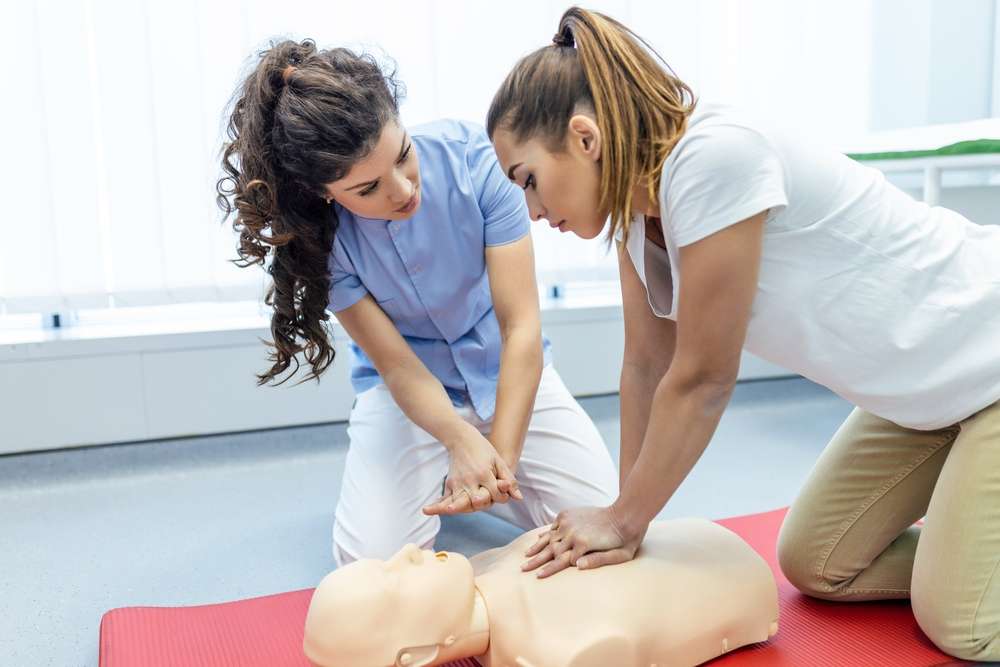Begin a Rewarding Healthcare Career as a Medical Assistant
Medical assistant training blends hands-on clinical practice with office skills to prepare you for in-demand healthcare roles. Learn vital signs, phlebotomy basics, EHR management, medical billing and patient communication. Explore certificate, diploma, and associate options, certification pathways, and career prospects to find the best route into a stable, patient-focused healthcare job.

Medical assistant programs offer a practical pathway into healthcare by mixing clinical skill development with administrative training. Whether you choose a short certificate or a more comprehensive associate degree, these programs equip you to support clinicians, manage patient records, conduct basic lab work, and help keep clinical operations running smoothly from day one.
What You Learn: Clinical and Office Skills
A balanced curriculum prepares graduates to function in fast-paced medical settings. Core areas typically include:
-
Medical terminology: Building fluency in terms for anatomy, common diagnoses, procedures, and medications so you can accurately read charts, document care, and communicate with providers.
-
Clinical procedures: Hands-on instruction for taking vital signs, administering injections, prepping patients for exams, performing EKGs, and assisting clinicians during minor procedures.
-
Administrative responsibilities: Scheduling appointments, entering and managing information in electronic health record (EHR) systems, basic medical billing and coding concepts, and maintaining accurate patient documentation to support clinic workflows.
-
Laboratory skills: Training in specimen collection, point-of-care testing, basic phlebotomy, and safe sample handling and labeling.
-
Patient care and communication: Developing bedside manner, confidentiality practices (HIPAA awareness), patient education techniques, and teamwork skills for collaborating with nurses, physicians, and other staff.
Programs usually combine classroom lessons with lab practice and externships so graduates can step into a role with confidence.
Program Lengths and Credential Options
How long training takes depends on the credential and whether you study full- or part-time. Typical pathways include:
-
Certificate programs: Designed for rapid entry into the workforce, these often take about 9–12 months and concentrate on essential clinical and administrative duties.
-
Diploma programs: Usually lasting 12–18 months, diplomas expand on core competencies and may offer extra supervised practice or elective coursework.
-
Associate degrees: About two years in length, these provide the most extensive preparation, often including general education classes and broader clinical exposure that can ease future academic advancement.
Your choice should reflect timeline, budget, and long-term goals. Certificates are quicker and less costly; associate degrees may provide more opportunities for advancement or further education.
Employment Outlook and Typical Work Settings
Job prospects for medical assistants are strong. The occupation is projected to grow faster than average, driven by an aging population, expanded outpatient services, and the increasing use of technology in healthcare operations. Medical assistants are needed in a wide range of environments:
- Physicians’ offices and outpatient clinics
- Hospitals and emergency departments
- Specialty clinics (like cardiology, dermatology, or pediatrics)
- Long-term care facilities and rehabilitation centers
Because the role covers both clinical and administrative tasks, medical assistants are flexible hires who can adapt to many practice types.
Estimated Costs
| Program Type | Provider Example | Cost Estimation |
|---|---|---|
| Certificate Program | Community College | $2,500 - $10,000 |
| Diploma Program | Vocational School | $5,000 - $15,000 |
| Associate Degree | State University | $10,000 - $30,000 |
Prices are approximate and may vary. Additional costs such as textbooks, uniforms, vaccination or background check fees, living expenses, and certification exam fees might not be included in the ranges above. Independent research is recommended before making financial commitments.
Certification: Why It Matters
Certification is not always required by law, but many employers prefer or require credentials from recognized organizations. Common national certifications include:
- Certified Medical Assistant (CMA) from the American Association of Medical Assistants (AAMA)
- Registered Medical Assistant (RMA) from American Medical Technologists (AMT)
- National Certified Medical Assistant (NCMA) from the National Center for Competency Testing (NCCT)
Earning a certification usually involves completing an accredited program and passing a national exam. Certified candidates often have a competitive edge in hiring, may qualify for higher pay, and demonstrate a commitment to professional standards.
How to Choose the Right Program
When comparing schools and programs, consider these factors:
- Accreditation: Programs accredited by recognized bodies are more likely to meet industry standards and prepare you for certification exams.
- Clinical experience: Look for hands-on labs and externship placements that provide real-world practice.
- Job placement support: Career services, employer connections, and placement rates can influence your chances of finding work after graduation.
- Cost and schedule: Balance tuition, financial aid availability, and program length with your budget and time constraints.
If you want to enter the workforce quickly, a certificate can be the fastest route. If you aim to take on supervisory duties or continue your education later, an associate degree may be a better investment.
Final Thoughts
Training to become a medical assistant is a practical, accessible way to start a healthcare career. The role suits people who enjoy hands-on patient interaction as well as the organizational side of medical practice. With favorable job prospects, diverse work settings, and certification options that boost employability, medical assisting can be a stable and rewarding entry point into the healthcare field.
This article is for informational purposes only and should not be considered medical advice. Please consult a qualified healthcare professional for personalized guidance and treatment.






